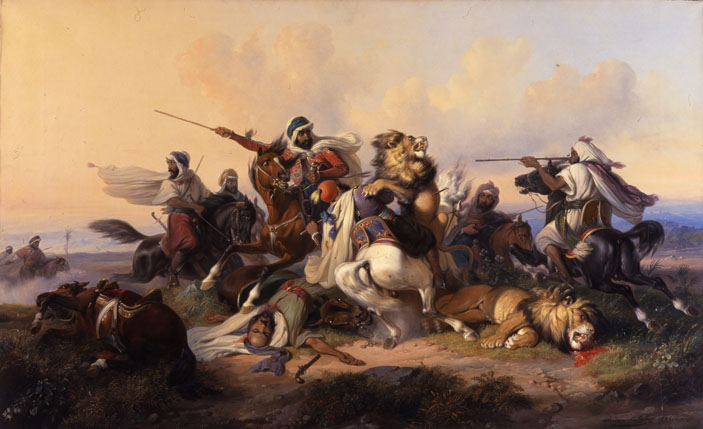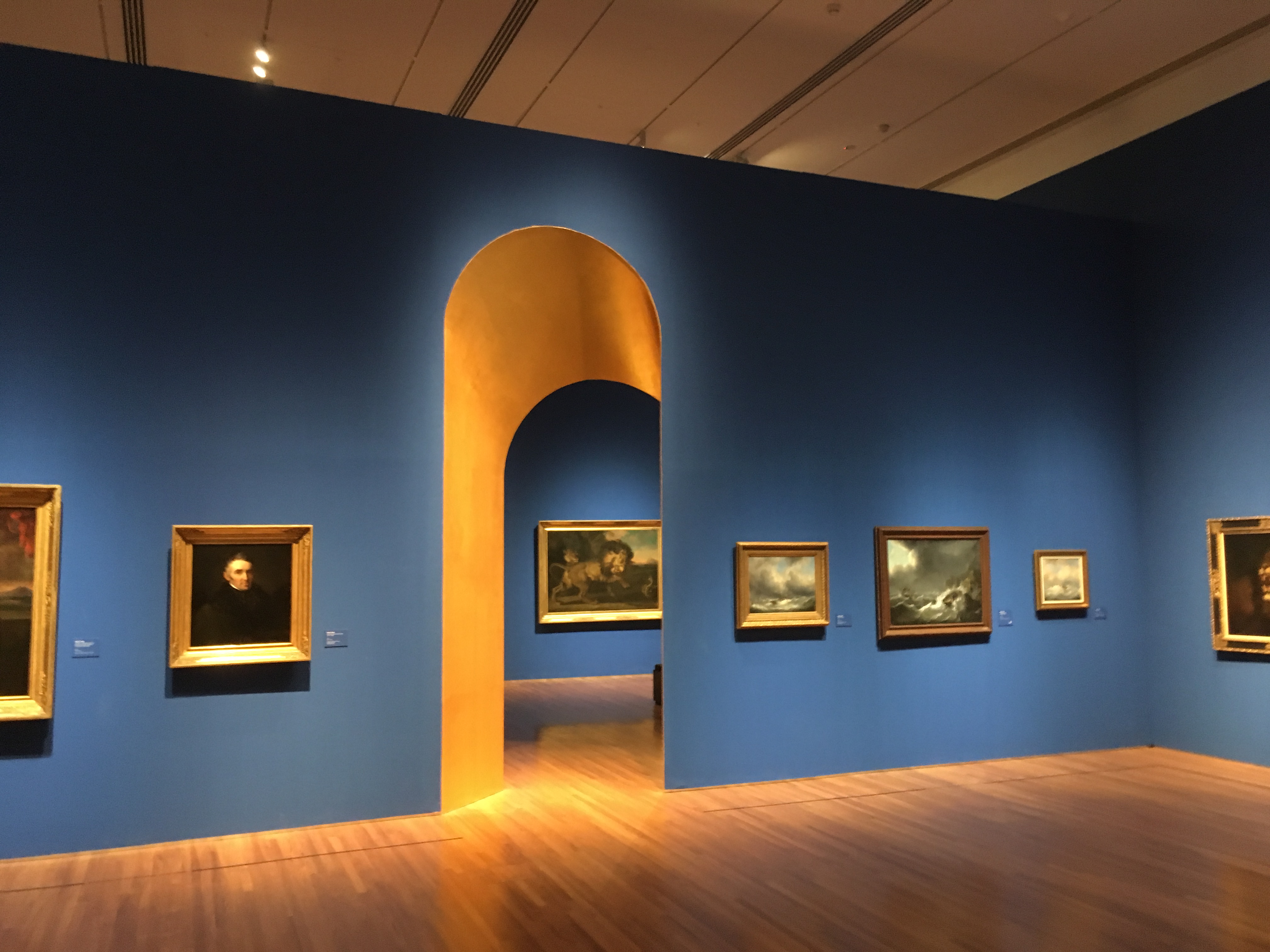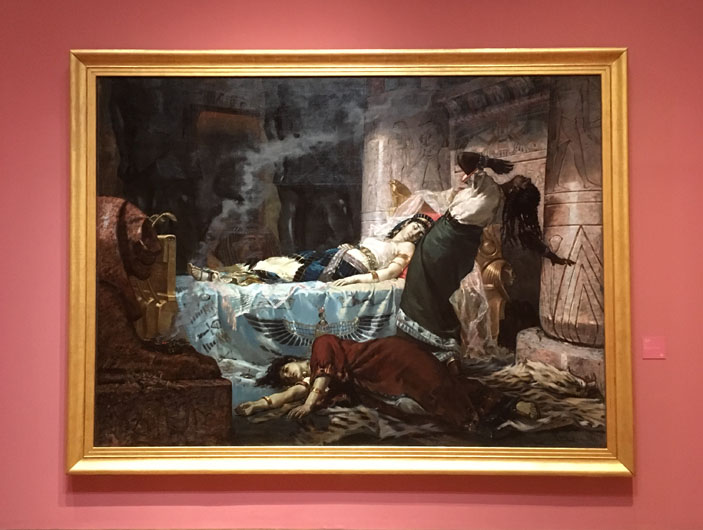FOLLOWING on the heels of Yayoi Kusama’s popular exhibition that had audiences dotty with excitement, the National Gallery Singapore has to figure out how to match or top that.
In some instances, it’s just not possible to do so on an ongoing basis, unless the Gallery were to bring in hugely famous works of art that would have the queues snaking and hissing in anticipation.
That would be a phenomenal exercise in money, logistics and would probably cost a lot in favours to enact.

Leaving An Impression
To some extent, that’s part of the formula that went into the Gallery’s parallel exhibitions that were launched last month — Colours Of Impressionism: Masterpieces From The Musée d’Orsay and Between Worlds: Raden Saleh And Juan Luna.
Three years in the planning and negotiating, some 60 works of art loaned from the Musée d’Orsay find choice spots on the walls of the Singtel Special Exhibition Gallery. Among them are the de rigueur works of Claude Monet, Auguste Renoir, Edouard Manet and Paul Cezanne. That would be reason enough to pay the entrance fee.
You Might Also Like To Read:
Problems With Convenient Solutions
But beyond their stature as artists who lit up canvas with sunlight and snowscapes, the artists of the Impressionism period had the courage to stand up to the established styles of the time, and persist with their vision.
The Impressionist painters swept aside the boxes that confined art to the Neo-Classicism and Romanticism strokes. By taking advantage of innovation, the Impressionist painters took their work outdoors, to depict what nature presented.
Innovation In Art
In creating a photographic moment on canvas, they allowed art to traverse a different path.

Just as we face disruptors in our time, the Impressionist painters were disruptors of the mid-19th century. Adding to this, neo-Impressionism made better use of colour to apply them directly on canvas. Georges Seurat and Paul Signac were among the cohort that championed this stage of the art world’s onward journey, by applying new paint materials to lasting effect.
Taking to the outdoors to capture light and its effect on nature, the intention was to seize that moment for posterity. These artists were viewed with some scorn by the establishment that still preferred the carefully assembled images that were more the manifestations of the mind’s eye than they were based on reality.
Related Articles:
Troy Chin — Drawing His Own Conclusions
Master Strokes Of Tan Swie Hian
Strange Bedfellows?
One may well wonder why the bold works of Raden Saleh and Juan Luna would be an accompaniment to this collection.
It has more to do with timing than style. Both artists were in Europe earning their own place in the art community, delivering moving works of art that fit in with the tastes of the time.
Saleh, from Indonesia, and Luna from the Philippines were prominent Southeast Asian artists who worked in Europe during the 19th century creating large works that won medals and the attention of the noble class.

While they are well regarded, both artists would be unknown to the public beyond their home shores. So, this exhibition is a good way to give Saleh and Luna a larger airing in the region.
Display Pieces
Both artists have pieces as part of the Gallery’s collection, but there are special art works that have been borrowed from the vaults of the Smithsonian, and from Spain that paint a fuller picture of the body of work of these two artists.
Saleh and Luna share the space in two parts.

Saleh’s powerful works of aggressive and wounded lions, animal hunts and scenery are set against a backdrop of contrasting Porcelain Blue walls. Luna’s portraits and the detailed Cleopatra are mounted on Madeira Rose painted backgrounds. With large, golden archways connecting the exhibition spaces, the vibrancy and colours in this exhibition are in contrast to the generally more subdued hues of the Impressionism rooms.
In engaging the visitor with the art, the Gallery draws in the space around the art. In this environment, the art is complemented by the locale, which does pleasantly disrupt the visitors’ expectation of what they think they might see.
Colours Of Impressionism: Masterpieces From The Musée d’Orsay and Between Worlds: Raden Saleh And Juan Luna will be on show at the National Gallery Singapore until March 11, 2018.





















